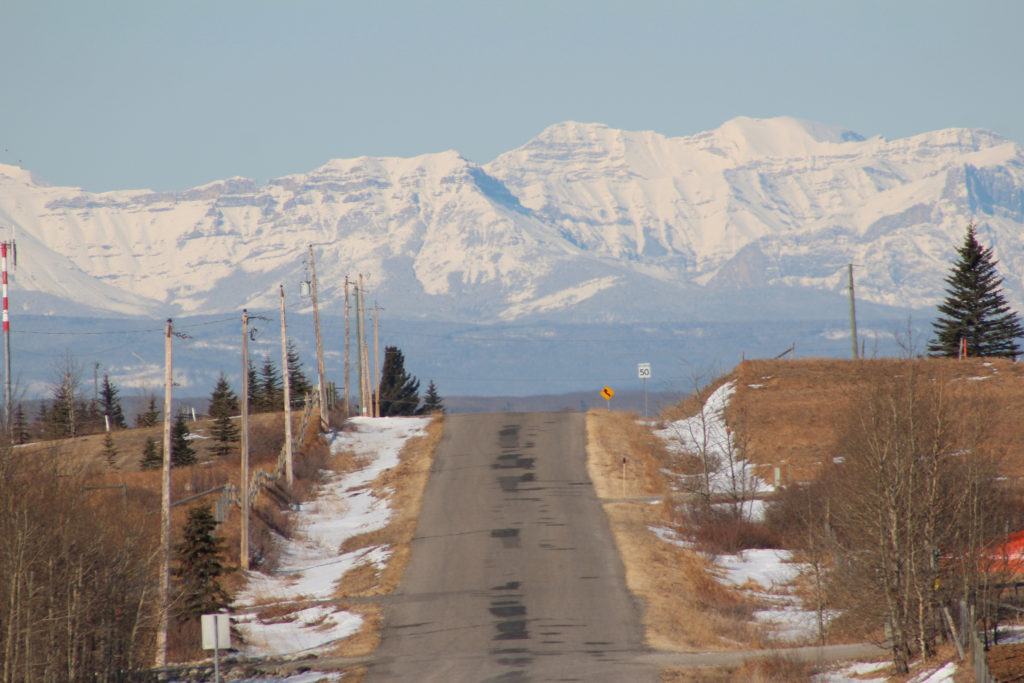
It isn’t something we think about very often, but dust is a connector of ecosystems around the world. Dust carries various minerals and nutrients to places where such things are in very scarce supply. This includes the oceans of the world as well as many forests and other ecosystems. For example, phosphorus-bearing dust carried from the Gobi Desert is essential to the growth of giant redwoods in California’s Sierra Mountains.
The increasing number and severity of droughts around the world is changing the amount of dust carried to the far corners of the world. For example, the snowfields atop the Rocky Mountains in Colorado are increasingly streaked with shades of red and brown from dust blown in from the Southwestern deserts. The annual amount of the stuff is as much as 25 times the amount that was deposited a hundred years ago.
Increasing dust results from a combination of the changing climate and the effects of human development. Because darker, dust-flecked snow absorbs more solar energy and warms faster than pure white snow, snow cover melts earlier than before. And it isn’t subtle. In the Rockies, there has been a 30 to 60-day reduction in the melt out. When snow disappears earlier, the growing season is extended and plants absorb more water, leaving less to flow into rivers.
More dust has both positive and negative effects. More nutrients such as iron are being transported long distances, stimulating the growth of oceanic plankton, essential for marine life. On the other hand, more dust increases human exposure to dust-borne pathogens.
The role of dust in the earth’s natural systems is only now becoming a focus for ecologists. Understanding is crucial for predicting how ecosystems will respond to global warming and increased land use.
**********
Web Links
Climate Connection: Unraveling the Surprising Ecology of Dust
Photo, posted March 23, 2013, courtesy of Flickr.
‘The Ecology of Dust’ from Earth Wise is a production of WAMC Northeast Public Radio.
Leave a Reply